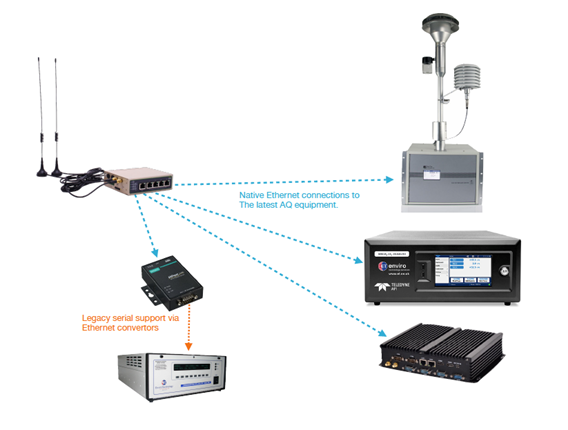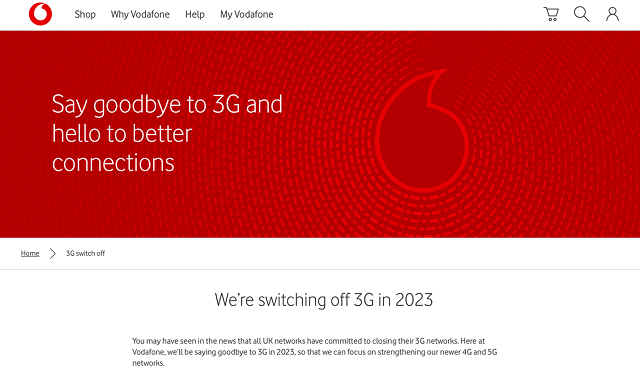CASE STUDY - Auchencorth Moss Atmospheric Observatory, Scotland.
It’s not often we can claim to have supplied samplers to such a scenic location, but in this instance, we certainly can.
The picturesque landscape (shown below) is home to one of the UK’s most significant research facilities for the study of long-term environmental change.
About the site
Auchencorth Moss Atmospheric Observatory (AMo) is a long-term monitoring research infrastructure situated on ombrotrophic peatland based approximately 18km south of Edinburgh. Consisting of 10km2 of patchy mix of grasses and sedges, it lies on a base layer of typical peatland.
Its purpose is to carry out research on long-term atmospheric composition, surface-atmosphere exchange of pollutants and carbon catchments. As a result of the large number of parameters that are routinely measured at the site, it is part of a wide range of monitoring networks.
Originally (1994) the site was used to study methane fluxes, the following year studies expanded to include sulphur dioxide and ammonia fluxes due to its peatland ecosystem and distance from emission sources. It has since developed into Scotland’s largest Air Quality Monitoring station being one of only two rural supersites in the UK.
Today AMo reports over 300 chemical and physical properties of the atmosphere and is used as a platform for many research projects operated by UKCEH Scientists, with all data publicly available on the UK-Air (DEFRA), Scottish Air Quality database, Natural Environment Research Council Data Repository for Atmospheric Science and Earth Observation (CEDA) and EBAS (ebas.nilu.no).
Monitoring equipment
With such a large scope of research depending on the site it’s no surprise it’s equipped with state-of-the-art monitoring technology. ET supplied the site with Digitel High Volume (below left) and Low Volume Samplers (below right) over a period of time from 2011 to 2022.
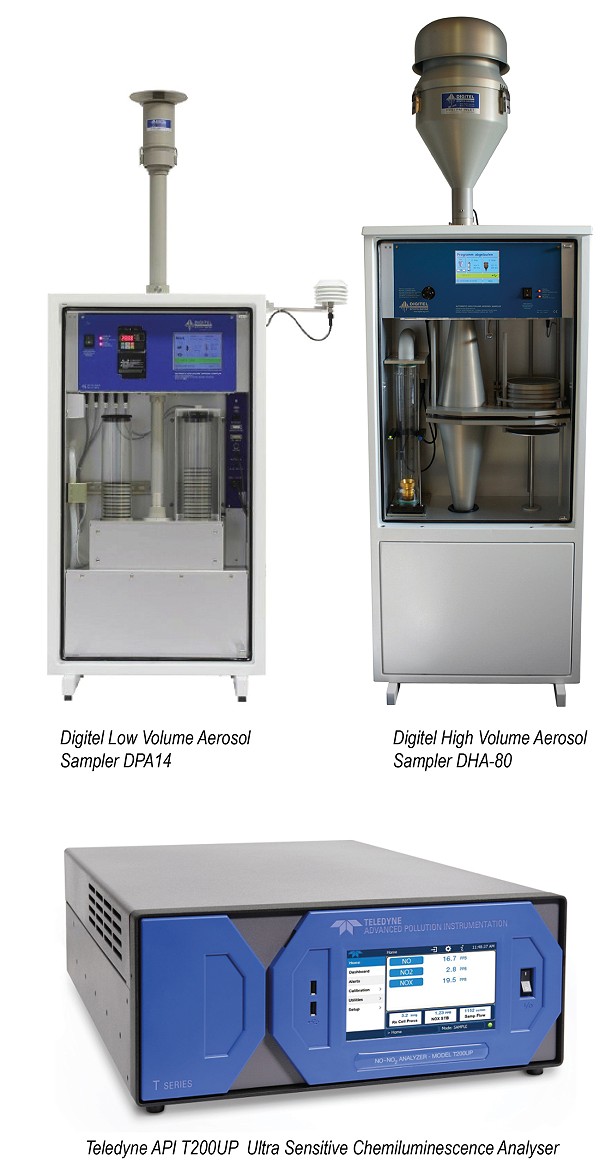
These sophisticated instruments are ideal for this kind of work. The HVS DHA-80 samplers have an autonomous system for continuous sampling of dust and aerosol particles for later assessment and analysis. Air-borne dust particles in the sampled air are separated on to Ø 150 mm filters so that sequent gravimetric and analytical analysis can be conducted, depending upon the pollutants of interest. The filters are subject to a constant and precise volume flow and are changed automatically at pre-set intervals.
The LVS DPA14 uses a similar operation, but its execution is 5 to 50 litres per minute (0.3 to 3m³/h as opposed to the 100 - 1000 l/min (6 - 60 m3/h) capacity of the HVS system.
It’s the superior workmanship in sampler mechanics, backed by the latest technical and electronic control, that guarantees a long lifetime and absolutely reliable operation of these units. And their involvement at facilities such as AMo is a testament to that.
In addition to the samplers, over the years ET have supplied other high specification instruments to AMo including a Teledyne API T200UP Ultra Sensitive Chemiluminescence Analyser with patented high efficiency Blue Light Converter (BLC) in 2016. The BLC provides a very specific conversion of NO2 with conversion efficiency, avoiding the interferences other methods would be affected by. This allows for consistent and accurate NO2 measurements.
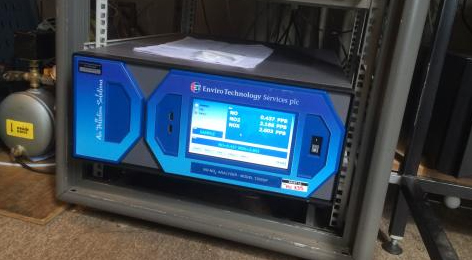
For more information on the HVS or LVS samplers from Digitel, or the Teledyne API T200UP Ultra Sensitive Chemiluminescence Analyser available in the UK and Ireland through Enviro Technology Services, check out our website or contact us at info@et.co.uk or ring 01453 733200.

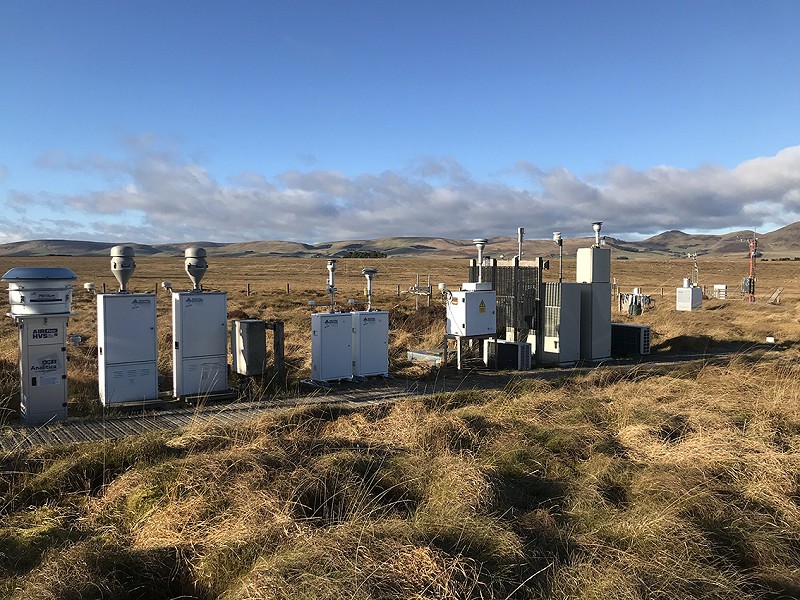
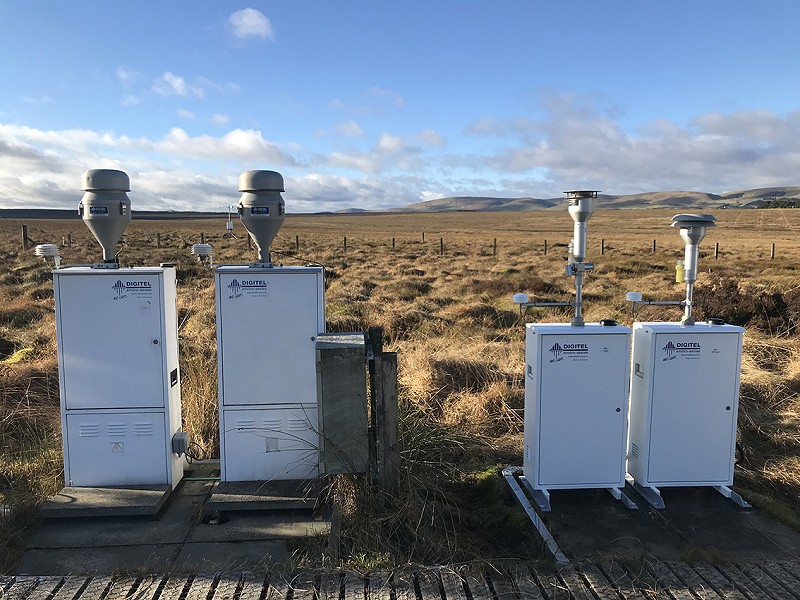
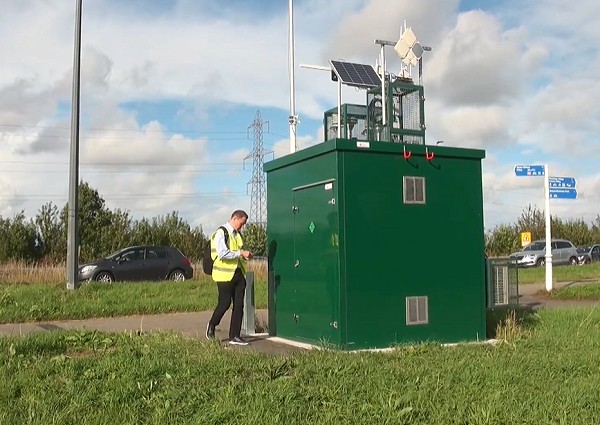

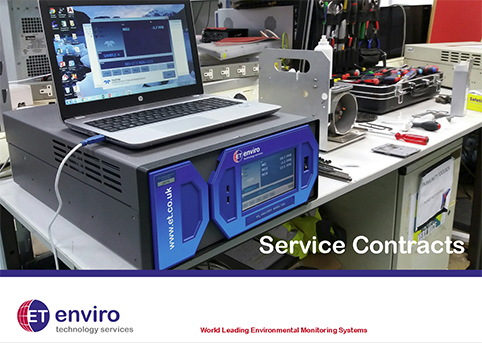
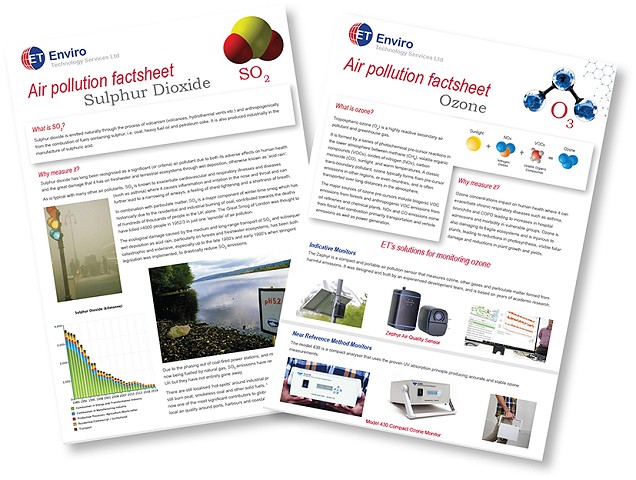
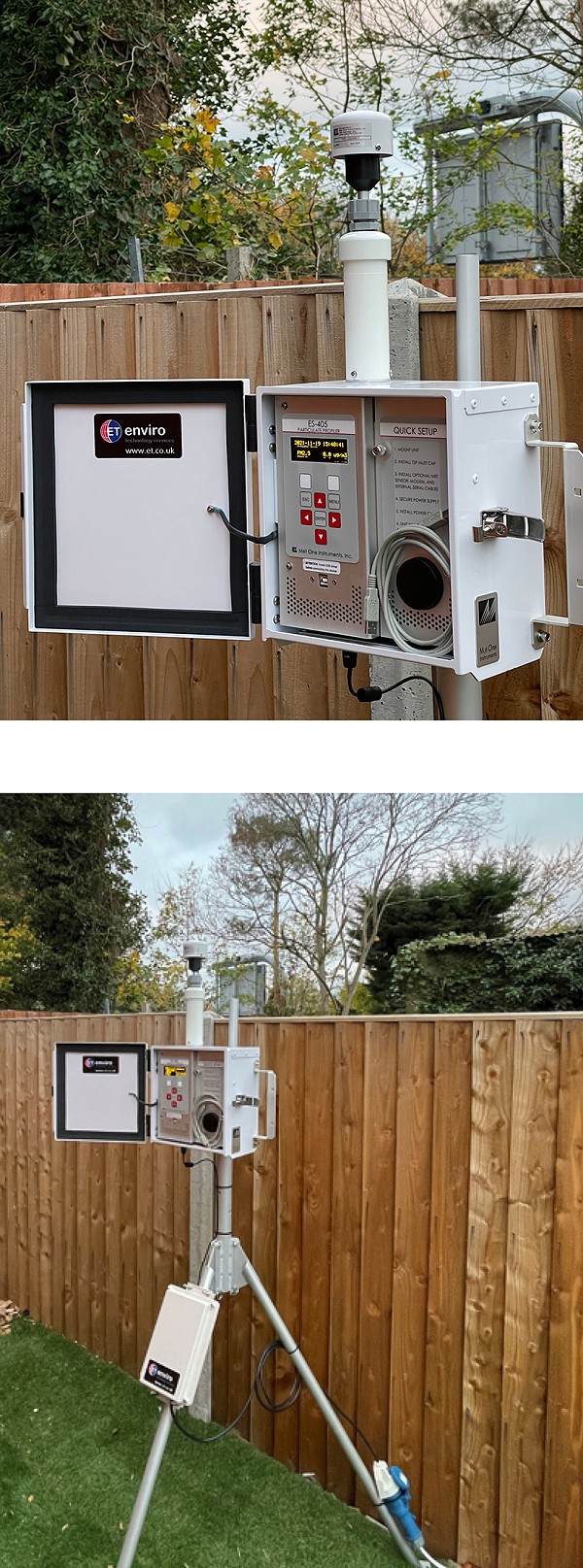
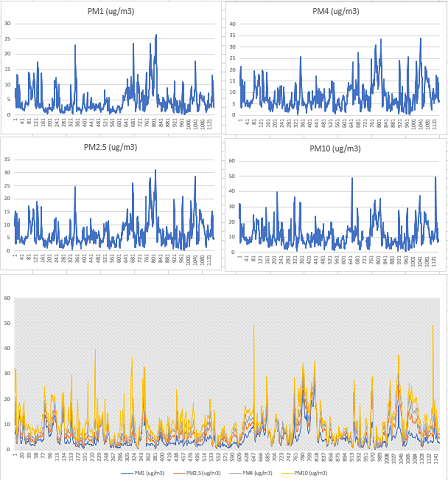
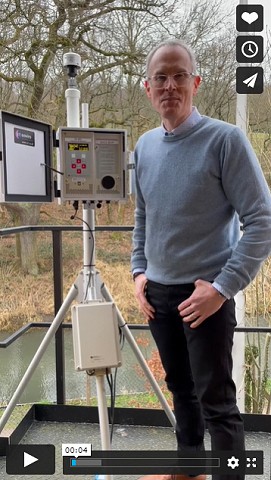
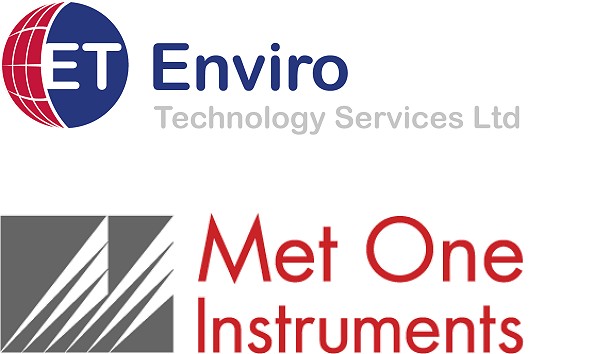
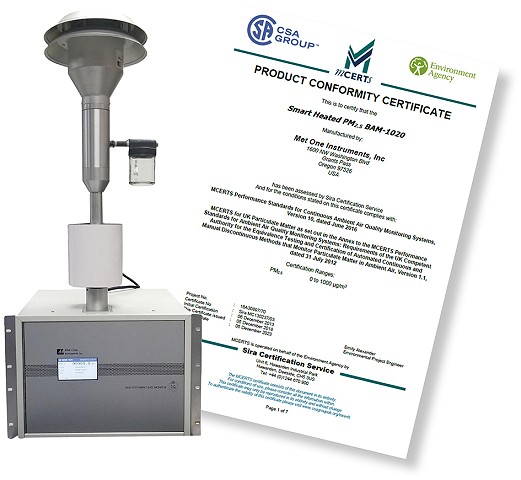
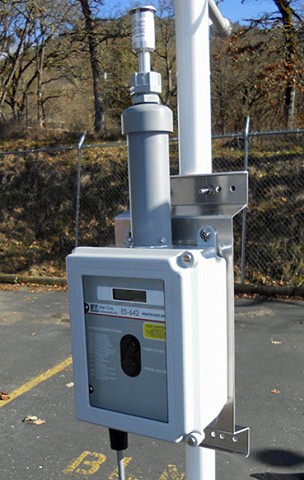
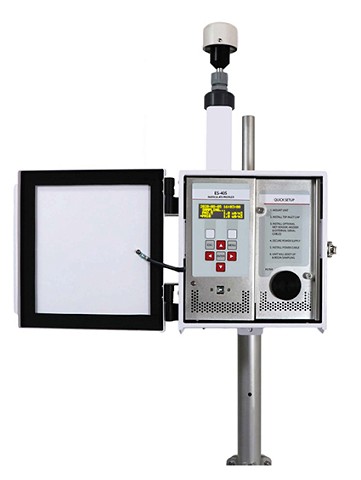

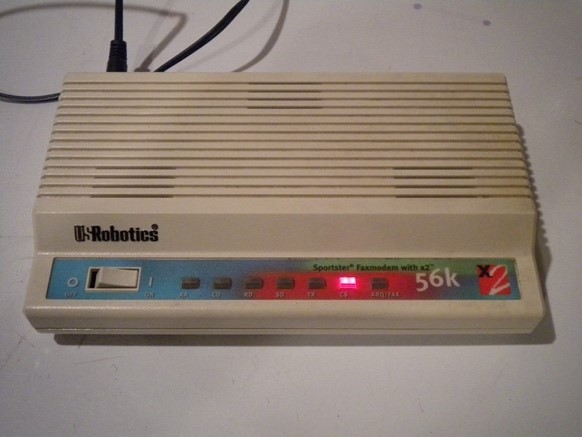
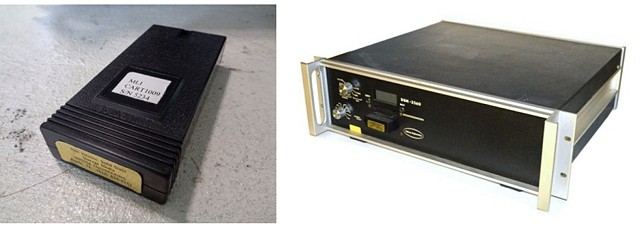
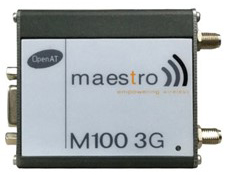
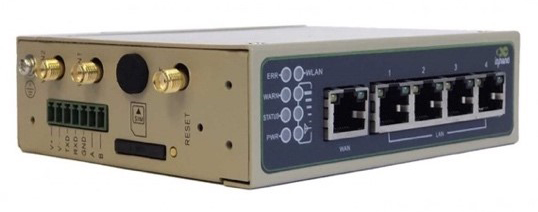 this is the most modern method of data collection from individual gas or particulate analysers, or from a larger AQM system, or even an entire network.
this is the most modern method of data collection from individual gas or particulate analysers, or from a larger AQM system, or even an entire network.